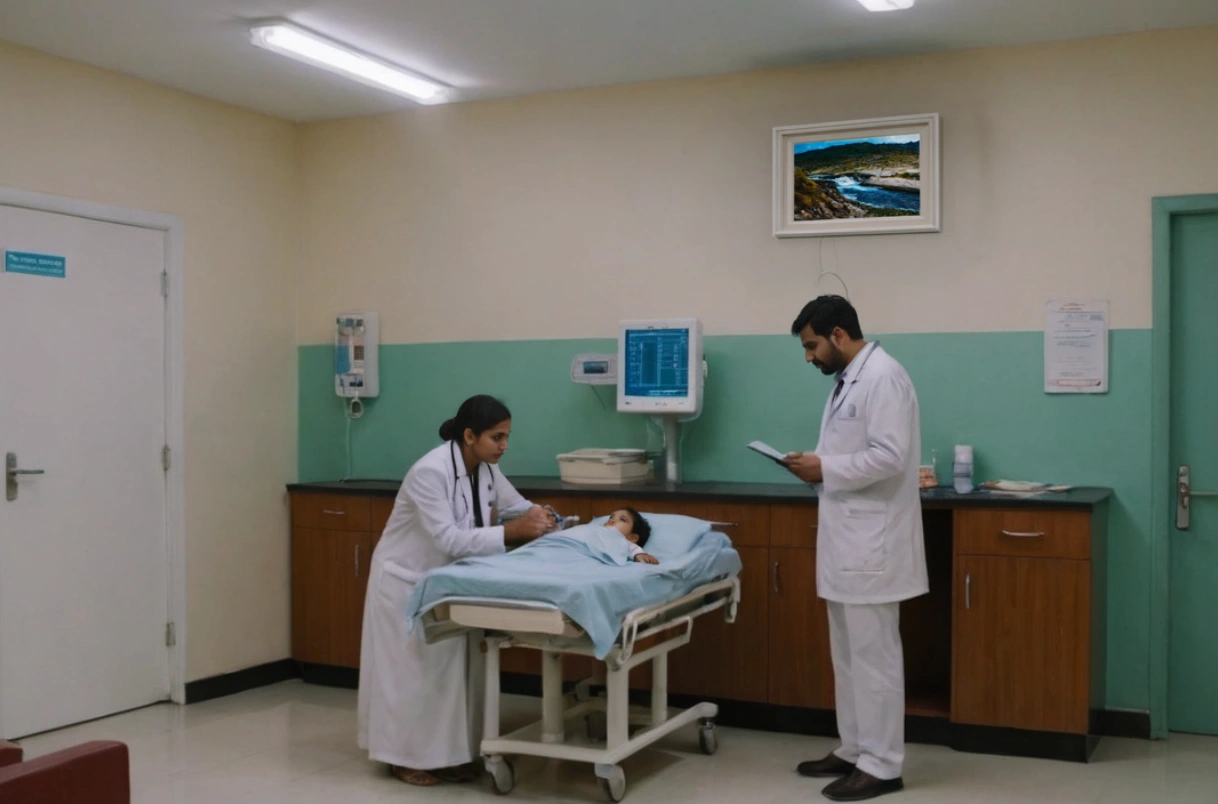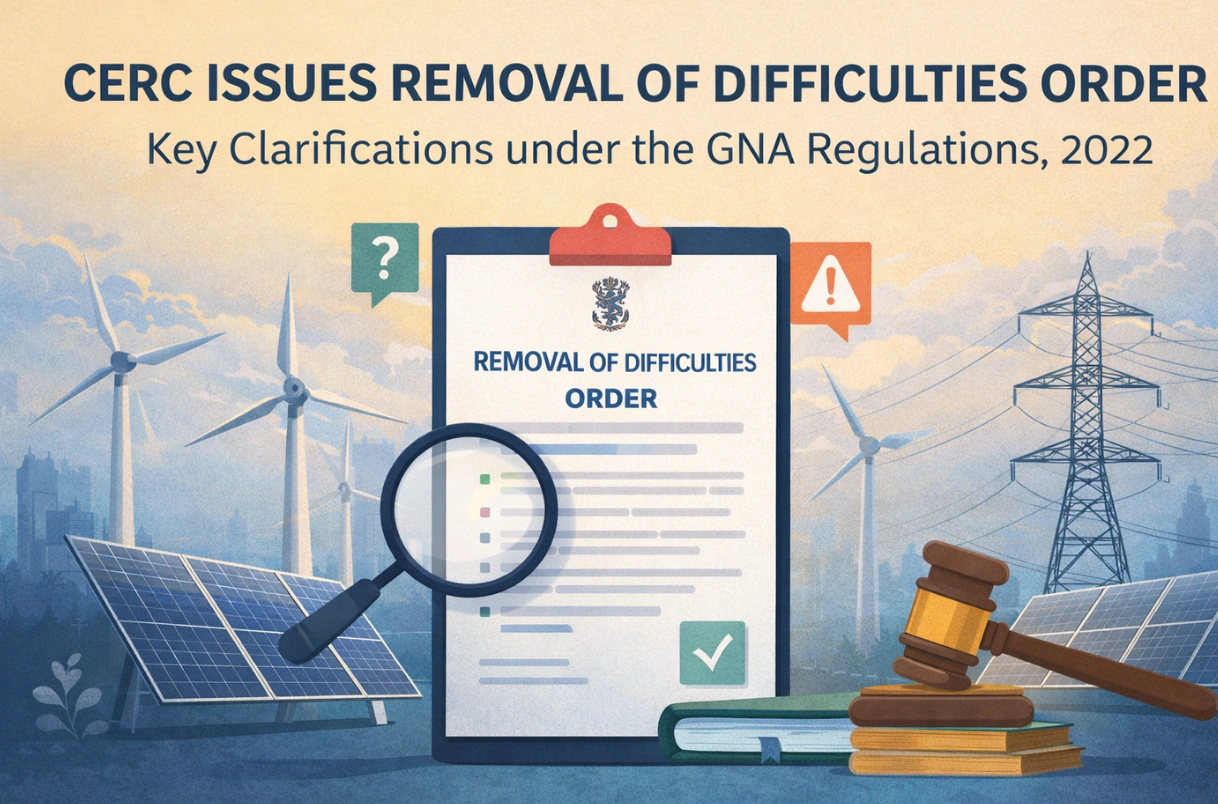Ensuring Access to Medicines for Rare Diseases in India (Part I)

By – Devank Maheshwari and Ishita Dhir
Table of Contents
Introduction
The issue of access to affordable medicines for rare diseases in India, or the lack thereof, has become a highly vexed issue in the Indian context in recent times. It has emerged as a critical legal and policy challenge in India, with wide ranging ramifications on public health in the country.
Rare diseases, characterized by their occurrence in a small percentage of the population, often require specialized treatments that are exorbitantly priced due to limited demand, high research costs, and patent monopolies. Since the medicines for rare diseases have been historically neglected, they are aptly characterized by the term ‘orphan drugs’.
This article is in two parts. The first part examines the legal landscape governing rare disease medicines, highlights the issues in their access, while the second part discusses legal and policy reforms to ensure equitable access to life-saving treatments.
Understanding the Rare Disease Landscape in India
Evolving Medical Awareness and Policy Focus
The landscape of rare diseases in India is constantly changing with the advancements in and wider access to diagnostic capabilities, discovery and identification of new rare diseases and increased awareness of the population. However, until recently, rare diseases remained a neglected topic in the Indian policy discourse. Significant policy developments have occurred with the notification of the National Policy for Rare Diseases, 2021 by the Central Government.
Defining Rare Diseases – A Comparative Global Lens
At the very outset, it is essential to define rare diseases in order to properly contextualize the issue. Generally, rare diseases are defined by setting a hard threshold in terms of their prevalence in the general population. For instance, the World Health Organization defines rare disease as often debilitating lifelong disease or disorder with a prevalence of 1 or less, per 1000 population.
However, different countries have prescribed their own definitions to suit their specific requirements and in the context of their own population, health care system and resources. In the US, rare diseases are defined as a disease or condition that affects fewer than 2,00,000 patients in the country. Similarly, the thresholds set in other jurisdictions such as the EU and Canada is 5 in 10,000 people. Japan identifies rare diseases as diseases with fewer than 50,000 prevalent cases in the country.
India’s Definition and Disease Recognition Approach
India, however, has taken a different approach in defining rare diseases in the National Policy for Rare Diseases, 2021. While India has not established a hard threshold of prevalence for characterizing rare diseases in India owing to lack of epidemiological data in the country, a total of 63 diseases have been identified by the Central Technical Committee for Rare Diseases for their inclusion under the National Policy for Rare Diseases, 2021 based on clinical experience and expert studies1.
National and State-Level Policy Frameworks
Constitutional Allocation of Responsibilities
As per List II under the Seventh Schedule of the Constitution of India, ‘health’ and specifically ‘public health and sanitation and hospitals and dispensaries’ forms part of the State List. Consequently, a number of state governments have prescribed policies for treatment of rare diseases and provided fiscal support for such treatments.
National Policy for Rare Diseases, 2021 – Key Provisions
However, the schemes and policies at the state level are marked by lack of uniform approach on the issue of identification of rare diseases and the beneficiaries, and the monetary support available.
The National Policy on Rare Diseases, 2021 provides uniform guidelines regarding facilities for treatment and fiscal support at the national level. Under the National Policy for Rare Diseases, 2021, 12 Centres of Excellence for rare diseases have been identified so far, which are premier government tertiary hospitals with facilities for diagnosis, prevention and treatment of rare diseases.
Financial support of Rs. 50 lakhs per patient is provided for the treatment of rare diseases at these notified Centres of Excellence for rare diseases.
State Government Support and Low-Cost Interventions
Considering the lesser budgetary resources available at the state level, the National Policy for Rare Diseases, 2021 provides that the state governments can support patients of such rare diseases that can be managed with special diets or hormonal supplements or other relatively low cost interventions.
Public-Private Support Models (Crowdfunding & Donations)
Keeping in view the issue of resource constraints at both the centre and the state level, the National Policy for Rare Diseases, 2021 also envisages voluntary crowdfunding and corporate donations towards the treatment of rare diseases in India.
Following this, the Ministry of Health and Family Welfare has setup a dedicated portal for facilitating crowdfunding and corporate donations, namely ‘Digital Portal for Crowdfunding & Voluntary donations for Patients of Rare Diseases’2.
Tax Incentives and Import Exemptions
Apart from the above, the government has provided full exemption from Basic Customs Duty and Integrated Goods and Services Tax as per Department of Revenue’s notifications dated 29.03.2023 and 26.07.2023 respectively on import of Drugs, Medicines and Food for Special Medical Purposes (FSMP) for treatment of patients suffering from identified rare diseases.
Key Barriers to Access and Implementation
Lack of Available Therapies and R&D Investment
Despite the beneficial schemes launched and the policy prescriptions at both state and central level, there are a number of issues plaguing the treatment of rare diseases and the access to orphan drugs in India.
Firstly, at the most fundamental level, owing to the nature of rare diseases and the historical neglect of development and innovation in orphan drugs in India, less than 5% of the rare diseases in India have therapies available for their treatment. Due to this unfortunate scenario, less than 10% of the patients with rare diseases in India can receive medication and care.
Inadequate Epidemiological Data & Policy Scope
It is also important to point out that the India also lacks in the epidemiological aspects of identification and recognition of rare diseases. It is estimated that globally there are about 7,000 known rare diseases, affecting around 8% of the world’s population, and 75% of rare disease patients are children3.
This is in stark contrast against the recognition of only a handful of rare diseases under the National Policy for Rare Diseases, 2021 owing to which, many patients are automatically excluded from accessing benefits under the beneficial schemes and policies notified by the government.
Affordability Challenges and Treatment Costs
Also, given the smaller size of market for orphan drugs in India and the high costs incurred by pharmaceutical companies, the cost of medicines and treatment is often prohibitively expensive. For instance, the treatment for Spinal Muscular Atrophy typically runs into crores of rupees, which is way more than the maximum financial support of Rs. 50 lakhs under the National Policy for Rare Diseases, 2021.
Even though the policies at the state and central level provide fiscal support to the patients of rare diseases in India, the same is often insufficient to cover the full cost of treatment. Moreover, despite India being a powerhouse in the production of pharmaceuticals, there is severe underdevelopment in the aspects of research and development and production of orphan drugs in India.
Infrastructure and Accessibility Constraints
Affordability Challenges and Treatment Costs
As far as the hospital infrastructure is concerned, currently there are only 12 Centres of Excellence for rare diseases notified by the Central Government that provide care as well as financial support to patients suffering from rare diseases. This severely undermines access not just to medical facilities but also the financial support required for purchase of orphan drugs in India for the patients.
Barriers for Rural and Remote Area Patients
Since the Centres of Excellence for rare diseases are located in bigger cities, this poses a challenge for underprivileged patients and their families from rural or remote areas to avail of the facilities. As per the data available with the National Registry for Rare Disease and Other Inherited Disorders (NRROID) portal maintained by Indian Council of Medical Research (ICMR), the total recorded number of patients suffering from identified rare diseases in India was only 7414 in November 2024, despite the large population of India of over 1.3 billion4. Moreover, by August 2024, since the launch of National Policy for Rare Diseases, 2021, only 1,118 patients suffering from rare diseases have benefitted under the said policy5.
Suboptimal Implementation and Outreach
The above figures demonstrate the sub-optimal implementation of the policy at the national level. It has also been widely reported that the patients suffering from rare diseases often face red-tapism and procedural bottlenecks in availing the benefits under the National Policy for Rare Diseases, 2021. There is also inefficient utilization of limited budget by the Centres of Excellence for rare diseases.
Limitations of the Current Policy Framework
Ineffective Crowdfunding Mechanisms
Moreover, the crowdfunding and corporate donations mechanism envisaged under the National Policy for Rare Diseases, 2021 has failed to effectively take off. The resources gathered by such voluntarism have proved to be insufficient in addressing the resource constraints when it comes to supporting the cost of treatment and orphan drugs.
In the longer run, this critical aspect of public heath cannot be dependent on voluntary donations and crowdfunding. This avenue is only an ad-hoc or a stop gap solution since many rare diseases require sustained medical and financial support to the patients of rare diseases in India.
Absence of Enforceable Legal Rights and Obligations
The National Policy for Rare Diseases, 2021 only provides broad guidelines but essentially lacks enforceable legal provisions for ensuring affordability of orphan drugs in India. This policy remains largely declaratory and recommendatory in large parts, with no binding obligations on the pharmaceutical companies to make available orphan drugs in India at low cost.
There is also ambiguity in the enforcement mechanism or any adjudicatory procedure to hold the government accountable. Due to the lack of a ‘rights-based approach’ under the policy framework, a number of rare disease patients have taken to the route of approaching High Courts under their writ jurisdictions to seek remedies against the government including much required financial assistance.
Conclusion
The National Policy for Rare Diseases, 2021 marks a significant milestone in bringing long-overdue attention to the challenges faced by patients with rare diseases in India. While the policy has introduced important institutional mechanisms, such as the designation of Centres of Excellence and provision of financial assistance, its implementation remains limited in scale and impact. The absence of a comprehensive epidemiological database, high treatment costs, infrastructural constraints, and a lack of enforceable legal obligations continue to hinder equitable access to orphan drugs and specialized care.
Moreover, the reliance on crowdfunding and voluntary donations, while well-intentioned, cannot serve as a sustainable solution for addressing a complex and ongoing public health concern. The current policy framework remains largely recommendatory, leaving affected patients with no guaranteed rights or legal recourse beyond judicial intervention.
To truly address the needs of rare disease patients, there is a pressing need for a rights-based legislative approach that not only mandates access and affordability but also ensures accountability of all stakeholders—governments, pharmaceutical companies, and healthcare institutions alike. A robust and inclusive legal framework, backed by adequate funding and regulatory oversight, is essential for realizing the vision of equitable healthcare access for all.
FAQs
-
What is considered a rare disease in India?
Under the National Policy for Rare Diseases, 2021, India has not defined rare diseases based on a specific prevalence threshold. Instead, diseases identified by the Central Technical Committee for Rare Diseases—based on clinical experience and expert studies—are included under the policy framework. Currently, a total of 63 diseases are officially listed as rare diseases in India.
-
What is the National Policy for Rare Diseases (NPRD) 2021, and how does it help patients?
The National Policy for Rare Diseases, 2021, notified by the Central Government, provides a comprehensive framework for addressing the challenges posed by rare diseases in India. The policy outlines an integrated approach comprising prevention strategies, awareness programs, diagnostic and screening initiatives, designation of Centres of Excellence (CoEs) for treatment, and provision of financial support to patients. It also promotes voluntary crowdfunding and corporate donations to help meet treatment costs. Furthermore, it offers policy recommendations to the government aimed at improving access to and affordability of orphan drugs in India.
-
What financial assistance is available for rare disease patients in India?
Under the National Policy for Rare Diseases, 2021, financial assistance of up to Rs. 50 lakhs per patient is available for those undergoing treatment at the notified Centres of Excellence. In addition to central assistance, various State Governments have introduced State-specific schemes to financially support patients with rare diseases.
-
How can patients access orphan drugs for rare diseases in India?
Patients can access treatment and orphan drugs for rare diseases through the Centres of Excellence designated by the Central Government under the National Policy for Rare Diseases, 2021. These centres are equipped to provide both the medical care and financial support required for such treatments.
-
What role do Centres of Excellence (CoEs) play in the treatment of rare diseases?
Centres of Excellence (CoEs) are specialized, government-designated healthcare institutions responsible for the diagnosis, treatment, and long-term care of patients suffering from rare diseases. These centres are equipped to provide clinical support, access to orphan drugs, and financial assistance under the National Policy for Rare Diseases, 2021. As of 2024, twelve institutions have been notified as CoEs across India, including premier facilities such as AIIMS (New Delhi, Jodhpur, and Bhopal), Maulana Azad Medical College (New Delhi), Sanjay Gandhi Post Graduate Institute (Lucknow), PGIMER (Chandigarh), King Edward Medical Hospital (Mumbai), and others located in Hyderabad, Kolkata, Bengaluru, Chennai, and Thiruvananthapuram. These CoEs play a pivotal role in bridging the accessibility gap for rare disease patients by centralizing advanced medical care and facilitating government-backed financial support.
-
Why are orphan drugs so expensive, and what are the challenges in making them affordable in India?
The high cost of orphan drugs stems from their limited demand combined with significant investments required for research, development, and production. Furthermore, patent protections held by pharmaceutical companies restrict local manufacturing, making India dependent on costly imports. As a result, most orphan drugs available in the country are imported, and domestic pharmaceutical companies lack the licensing rights to manufacture them affordably.
-
How is crowdfunding used to support rare disease treatment in India?
Given the high costs associated with rare disease treatment, the financial assistance provided by the government is often insufficient to cover the complete cost. To supplement this gap, mechanisms like crowdfunding and corporate donations have been introduced under the National Policy for Rare Diseases, 2021. The Ministry of Health and Family Welfare has also launched a dedicated digital portal to facilitate voluntary contributions for this purpose.
-
What legal rights do rare disease patients have under Indian law?
Currently, Indian laws do not provide a comprehensive rights-based approach to public health in general or to rare disease patients in particular. The National Policy for Rare Diseases, 2021 remains largely recommendatory in nature and lacks binding legal provisions to ensure guaranteed treatment or affordable access to orphan drugs. Neither the State nor pharmaceutical companies are under enforceable obligations. There is an urgent need for dedicated legislation that establishes a rights-based legal framework, ensuring equitable access to life-saving medical facilities for patients with rare diseases.
References
- Press Release
- Digital Portal for Crowdfunding & Voluntary donations for Patients of Rare Diseases
- Article: India’s fight against rare diseases
- Lok Sabha Unstarred Question No. 701
- Press Release


